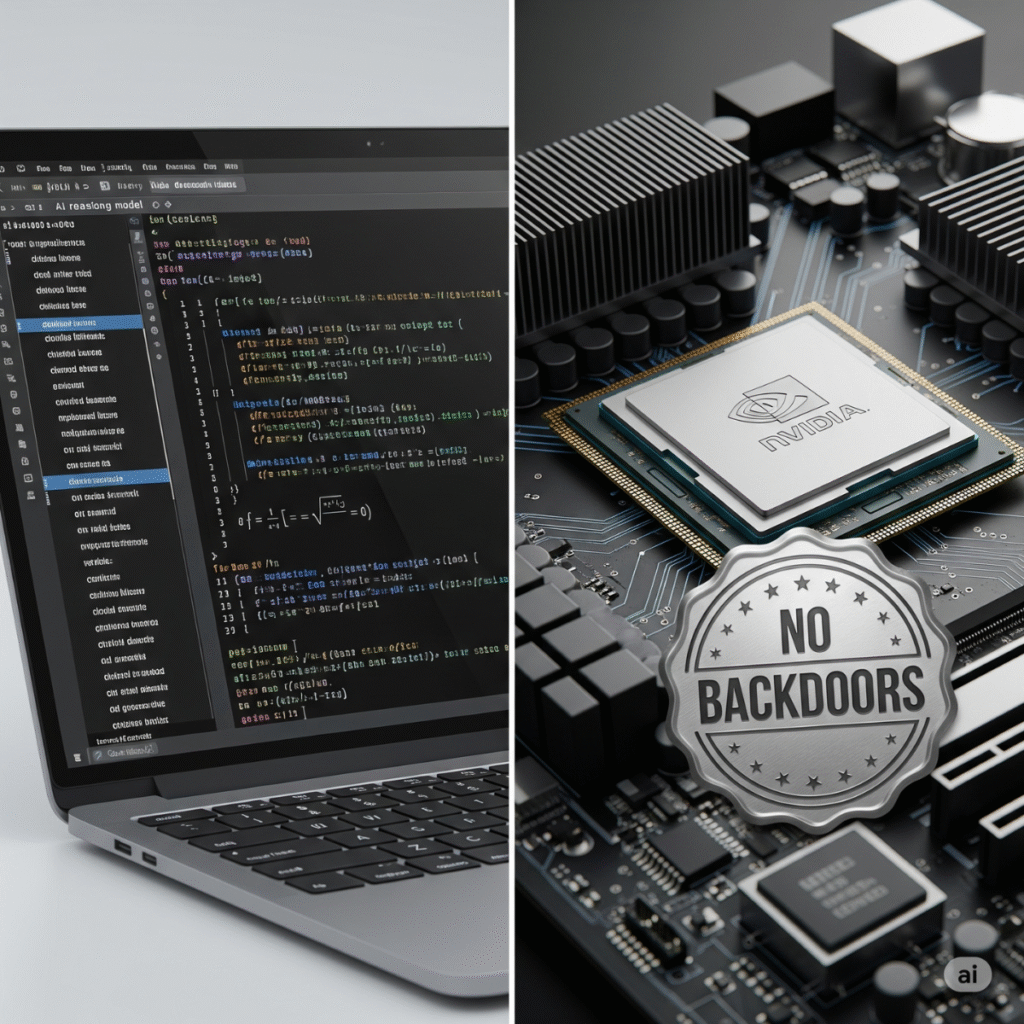OpenAI unveiled two new open-weight language models on August 5. The models excel at advanced reasoning tasks including coding, mathematics, and health inquiries. They are designed to run on a single GPU or personal computer and mirror performance of smaller proprietary models. (Reuters)
In another development, NVIDIA reiterated that its AI chips contain no hidden backdoors. The company urged U.S. regulators to reject proposed location-verification requirements, defending hardware integrity amidst geopolitical tensions over AI and supply chains. (Reuters)
Models Designed for Democratized AI Access
OpenAI’s new reasoning models are fully open-weight and optimized to run efficiently on consumer-level hardware. This contrasts with previous models that required cloud-based infrastructure and significant edge resources. Developers can now integrate AI reasoning capabilities locally. (Reuters)
NVIDIA Pushes Back Against Regulatory Probe
NVIDIA reaffirmed that its chips are free of surveillance backdoors and cautioned against new U.S. rules requiring on-device location verification. The company warned such mandates could undermine AI innovation and international trust. (Reuters)
Strategic Significance and Market Impacts
These announcements come amidst fierce competition in AI deployment. OpenAI’s local model release enables broader access for small developers and enterprises without cloud costs. NVIDIA’s public defense aims to reassure global partners while resisting regulatory overreach. (Reuters)
Sources: Reuters (OpenAI models), Reuters (NVIDIA chip integrity and policy)




